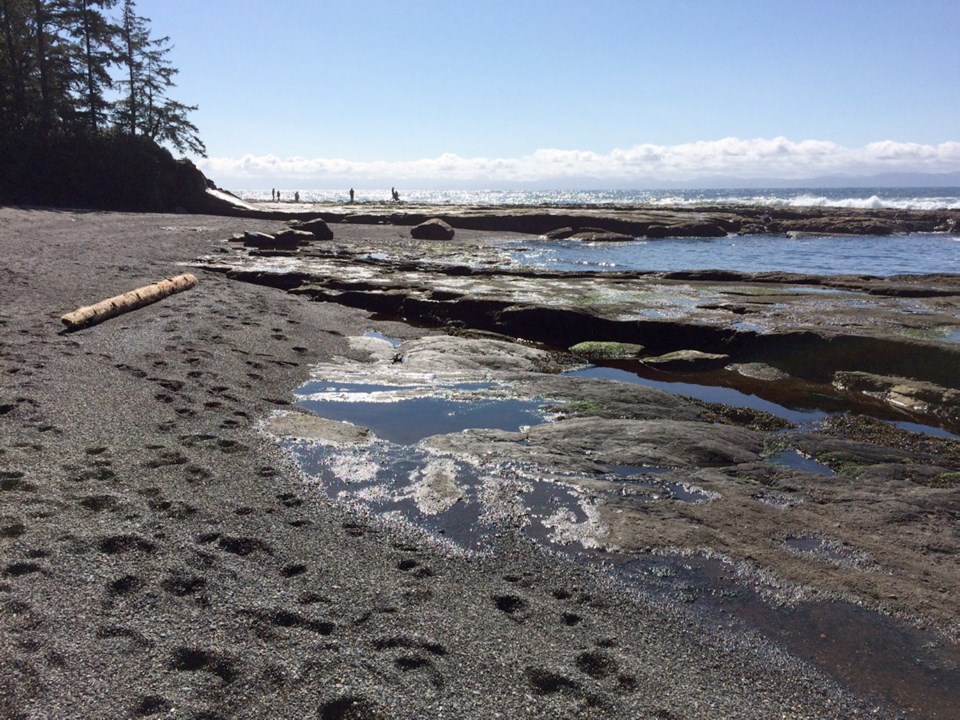As people flock to B.C. beaches, fisheries officers are concerned about shellfish harvesters who might be unaware they are risking their lives by disobeying closures.
“It’s very, very dangerous,” said Art Demsky, a supervisor with Fisheries and Oceans Canada in Langley. “I’m very concerned someone could die.”
At least 15 people have been partly paralyzed by contaminated seafood in B.C. over the past four years, and one victim was totally paralyzed and lost the ability to breathe, said Tom Kosatsky, medical director of the B.C. Centre for Disease Control.
Almost every beach between the northern tip of Vancouver Island and the U.S. border is either closed or partly closed to harvesting, according to a biotoxin status map maintained by the BCCDC.
Last month, a person in Alaska died of paralytic shellfish poisoning after eating snails and mussels harvested from a beach, while in March, three people in B.C. were stricken but survived after eating butter clams harvested off the North Coast.
The regulatory limit for paralytic toxins in seafood is 80 micrograms per 100 grams of seafood. Tests on seafood implicated in illnesses reported in B.C. found levels up to 250 times the limit.
Demsky said the illegal harvest of shellfish is a top priority for fisheries officers this summer as more people are visiting local beaches.
Officers have issued more warnings than other years.
“Many people simply aren’t aware,” he said. “It’s ridiculously crowded anywhere people have access to the shoreline, and [illegal harvesting] is rampant right now.”
Harvesters range from campers or people who think it might be fun to collect a few clams or mussels, to those who harvest them to supplement their diet.
Because the paralysis is caused by a toxin and not a virus or bacterium, contaminated seafood cannot be made safe by freezing or cooking, which may even concentrate the poison.
The first symptoms include tingling around the mouth and the hands. Painful muscle paralysis comes soon after.
Contaminated shellfish can also cause norovirus, which is an added concern during the COVID-19 pandemic.



